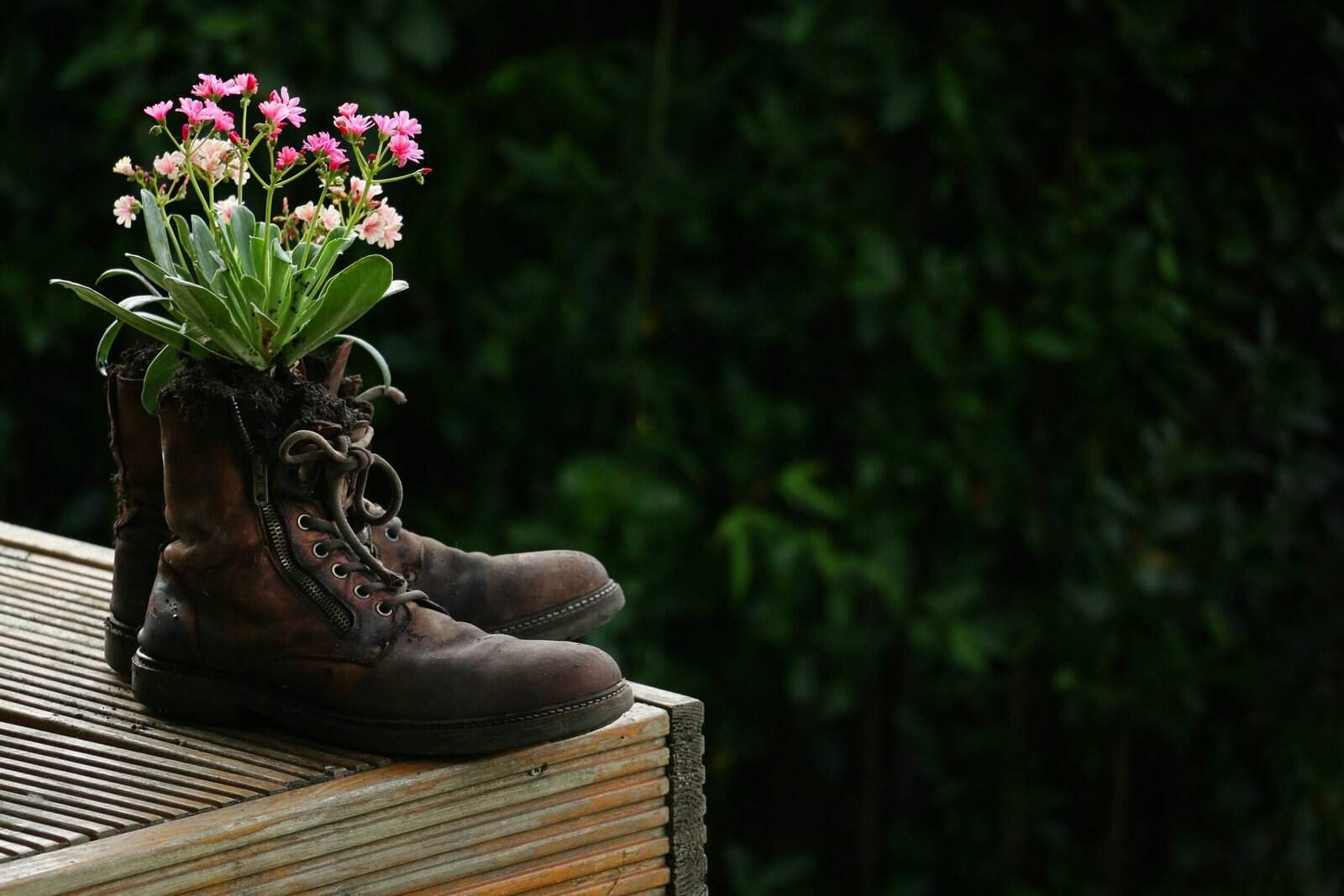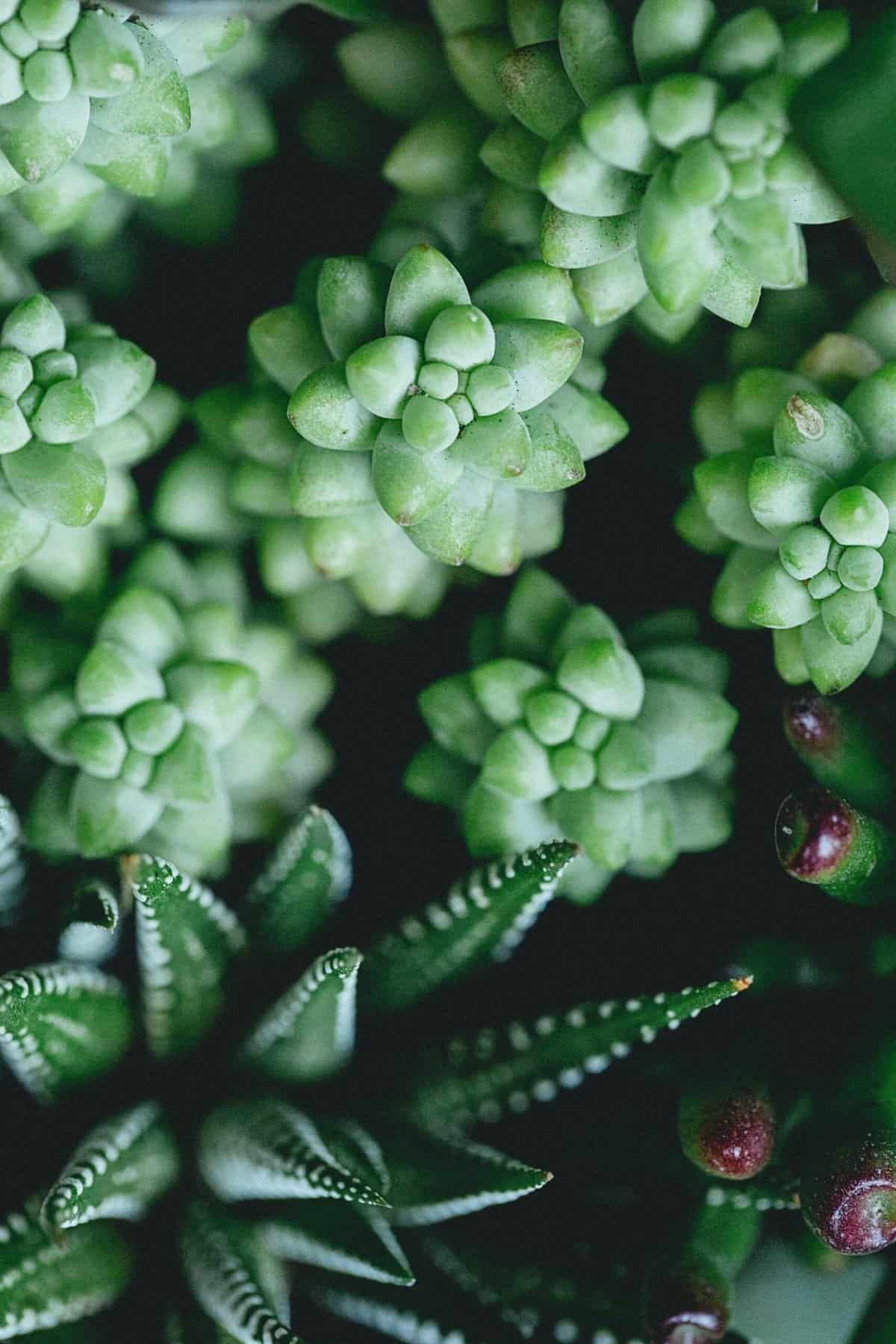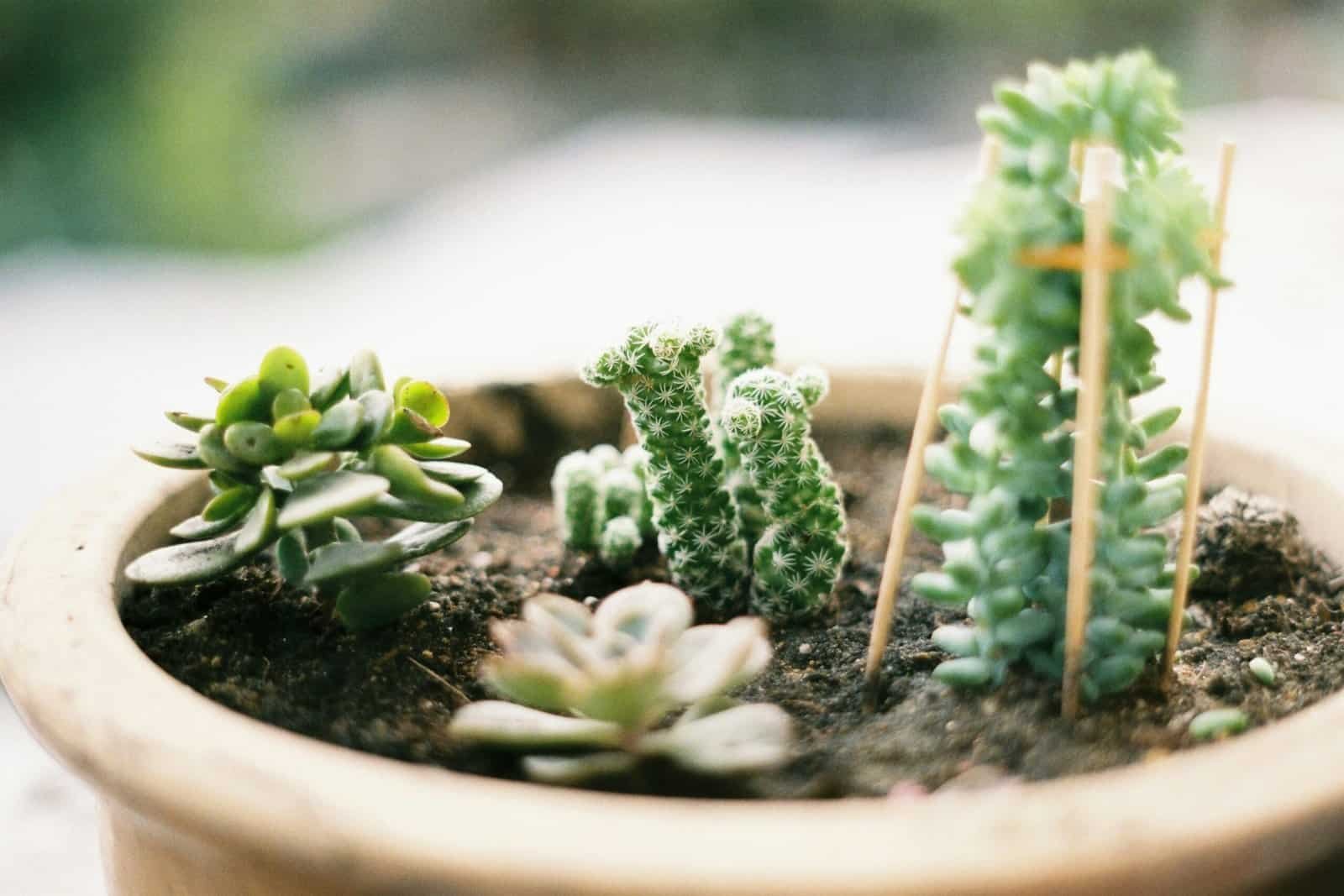Have you ever wondered when the optimal moment might be to plant a Nopal cactus outdoors? Cultivating Nopal, or prickly pear, cactus in your garden can be a rewarding endeavor. Not only does this resilient plant bring a unique aesthetic to your outdoor spaces, but it also offers edible pads and fruits, often used in Mexican cuisine. Ensuring that your Nopal cactus thrives involves choosing the right time to plant, so it can flourish in your specific climate.
Understanding the Nopal Cactus
What is a Nopal Cactus?
The Nopal cactus, a member of the Opuntia genus, is recognizable by its flat, paddle-shaped pads. It’s known for its resilience and adaptability, often seen in arid climates. While the term “Nopal” refers to the pads, it can also imply the whole cactus plant, including the fruits, commonly called “tunas.” Native to North and South America, this cactus has been used not only for culinary purposes but also for its potential health benefits.
Why Grow Nopal Cactus?
If you’re considering adding Nopal cactus to your garden, you might be interested in its versatility. Nopales, the pads, can be grilled, sauteed, or even eaten raw, adding a unique flavor and texture to various dishes. Plus, the plant is highly drought-tolerant, making it an excellent choice for water-conscious gardeners. Beyond its culinary uses, the Nopal cactus is known for its medicinal properties, including potential benefits for blood sugar regulation and anti-inflammatory effects.
Best Time to Plant Nopal Cactus
Ideal Climate for Nopal Cactus
Understanding the climate that suits Nopal cactus is crucial for successful planting. Generally, these cacti thrive in USDA hardiness zones 8 through 11, where temperatures remain above freezing. However, they can survive in many climates with proper care and preparation. The best planting time coincides with a period where the risk of frost has passed, allowing the cactus to establish itself in warmer weather.
Seasonal Considerations
When planting Nopal outdoors, timing is everything. Typically, the best season is late spring to early summer. This time frame ensures that the soil is warm enough to encourage root growth. You want to avoid planting too early in the spring, where unexpected frost may damage the plant. Similarly, planting too late in the year could subject the cactus to cooler temperatures before it has established itself, hindering its growth.
Regional Factors
In addition to considering season, it’s vital to account for regional climate variations. In more temperate areas, later summer plantings might be successful if winter seasons are mild. Meanwhile, in places with intense summer heat, planting in the early spring might give your cactus a better start before the scorching temperatures kick in. Understanding your region’s specific climate and seasonal patterns will play an important role in determining the best planting time.

Preparing for Planting Nopal Cactus
Choosing the Right Location
Selecting the proper location is critical for your Nopal cactus’ growth. Aim for a spot that receives full sunlight, as these plants thrive under direct sun. While they do well in poor soil, ensuring good drainage is key. Avoid areas prone to water pooling, which can lead to root rot.
Soil Requirements
Nopal cacti aren’t too demanding when it comes to soil types and can adapt to various soil compositions. However, for optimal growth, sandy or slightly loamy soil is recommended as it offers excellent drainage. If your garden soil is heavy or clay-like, consider amending it with sand or gravel to improve water runoff.
Gathering Necessary Supplies
Before planting, gather all necessary materials. You’ll need gloves to handle the cactus pads due to their spines, a shovel or trowel, and possibly some sand or gravel if your soil needs amending. Ensuring you have everything on hand will make the planting process smoother and more efficient.
Planting Instructions
Preparing the Cactus Pads
Start with mature pads of the Nopal cactus. Carefully cut them at the base, using gloves to avoid the pads’ small, hair-like spines. Allow the cut pads to dry and callous over for about one week before planting. This step is crucial to prevent rotting once they’re in the ground.
Planting the Cactus
To plant your Nopal cactus, follow these steps:
Dig a Hole: Create a hole slightly deeper and wider than the cactus pad.
Place the Pad: Insert the cactus pad upright, burying the base 1-2 inches into the soil. Ensure it’s stable and isn’t wobbling.
Water Lightly: Water the pad sparingly initially, allowing the soil to settle around it. Once roots establish, increase watering gradually.
Initial Care After Planting
Watering is the most critical component right after planting. While the Nopal cactus is drought-resistant, it still needs moisture to encourage root growth. Water lightly but consistently, ensuring the soil doesn’t become overly saturated. Once established, you can reduce the frequency of watering.

Long-term Care and Maintenance
Watering Practices
Nopal cacti are low-maintenance when it comes to watering. Over-watering can lead to rot, so it’s best to let the soil dry out between waterings. Typically, watering every two to four weeks during the growing season is sufficient, reducing frequency during dormant winter months.
Fertilization Tips
While Nopal cacti don’t require regular fertilizing, you may choose to feed them with a cactus-specific fertilizer once a year in the spring. This can promote healthier growth and fruit production.
Pruning and Pest Control
Pruning is generally minimal, often involving the removal of dead pads. As for pests, the Nopal cactus can fall prey to cochineal insects, easily identified by their white, cotton-like appearance. These can be addressed by simply washing them off with a strong jet of water or using insecticidal soap.
Common Challenges and Solutions
Dealing with Temperature Fluctuations
Ensure your Nopal cactus is shielded from extreme cold and intense heat. For unexpected temperature drops, consider covering your cactus with frost cloth. Similarly, providing shade during scorching heat waves can prevent sunburn.
Avoiding Over-Watering
Understanding and preventing over-watering is crucial. Always check that the soil is dry at least one inch below the surface before watering again. Adjust your watering schedule based on the weather and ensure the site allows excess water to drain effectively.
Addressing Nutrient Imbalances
If your Nopal cactus appears discolored or isn’t growing as expected, nutrient deficiencies might be to blame. Conduct a soil test to understand nutrient levels and adjust with appropriate amendments or fertilizers.

Benefits of Growing Nopal Cacti
Environmental Benefits
Nopal cacti are not only easy to grow but are also environmentally friendly. They require minimal water, thus conserving water resources, and they can thrive in poor soil conditions, improving soil health over time.
Culinary Uses
The edible pads and fruits of the Nopal cactus are versatile ingredients in many dishes. The pads, known as Nopales, can be used in salads, soups, and stews. Meanwhile, the fruits, or tunas, are sweet and can be used for jams, jellies, and drinks.
Health Benefits
Beyond their culinary attributes, Nopal cacti are reputed for their health benefits, believed to support blood sugar control and digestion. Incorporating them into your diet can contribute to a healthful eating regimen.
Conclusion
Perhaps you’re now considering when to plant your Nopal cactus outdoors. With a little knowledge about your local climate, a prepared space with the right sunlight and drainage, and a few initial care steps, your Nopal cactus can prosper. Remember that timing, attention to weather variances, and consistent, but not excessive, watering are all keys to a flourishing cactus garden. By knowing when and how to plant your Nopal cactus outdoors, you’re well on your way to enjoying the myriad benefits this resilient plant has to offer.


